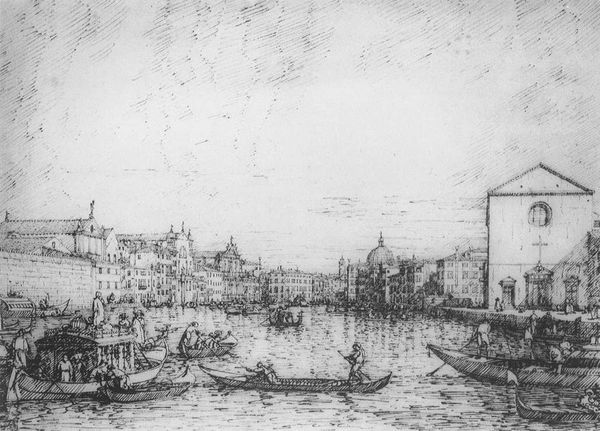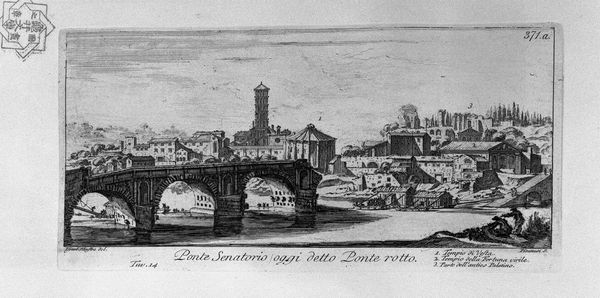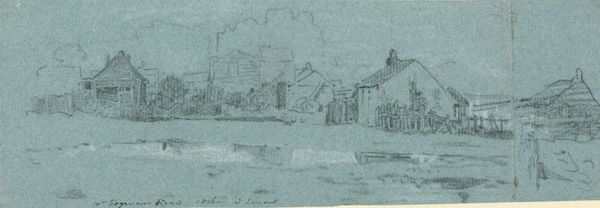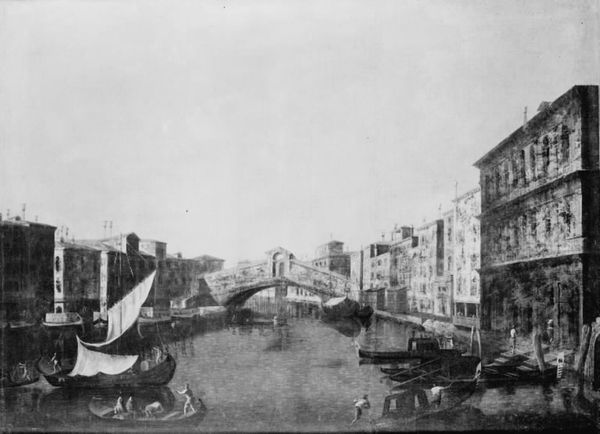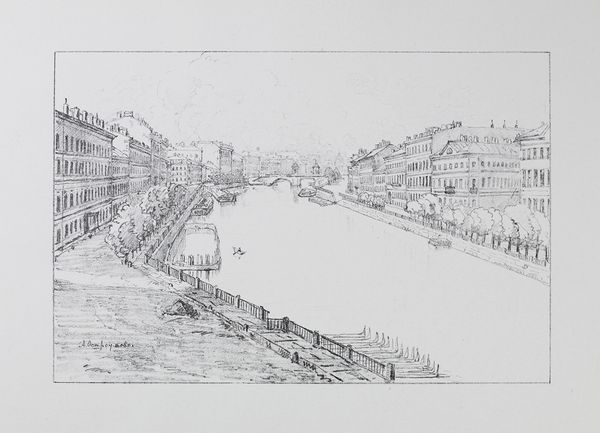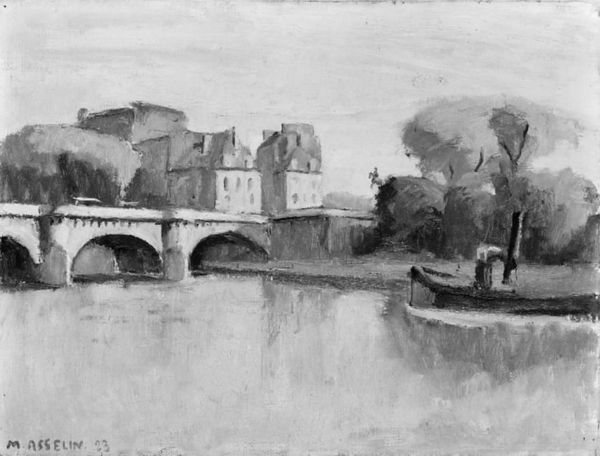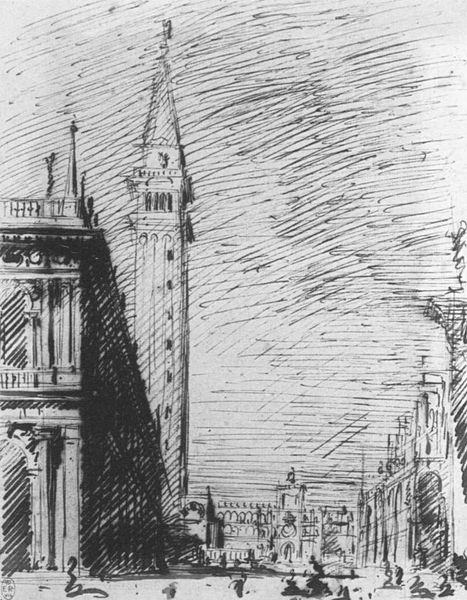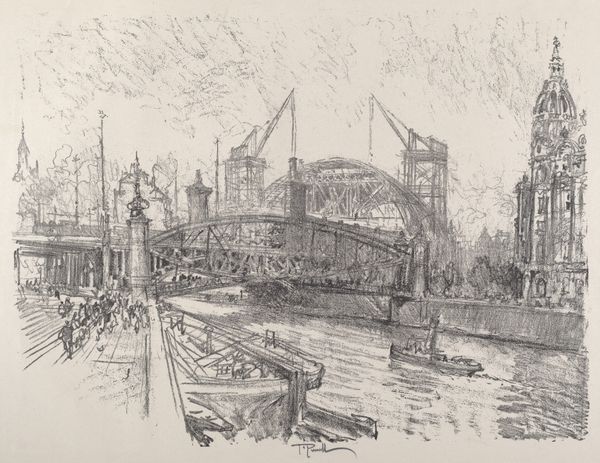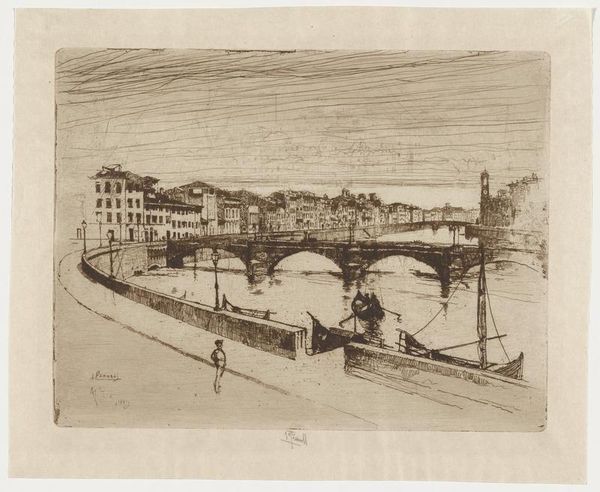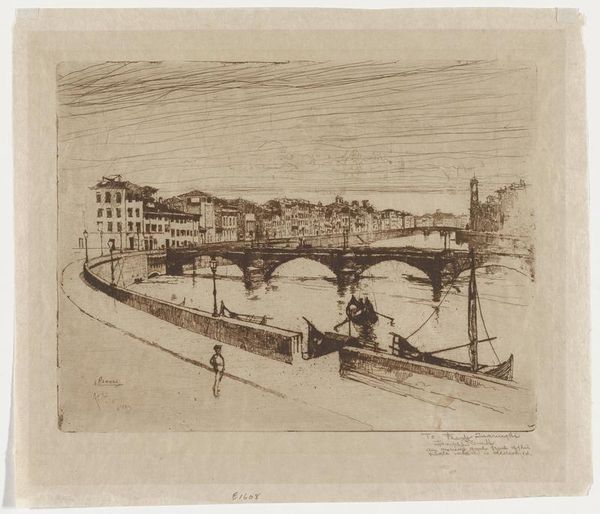
drawing, ink
#
drawing
#
venetian-painting
#
baroque
#
landscape
#
ink
#
line
#
cityscape
#
realism
Copyright: Public domain
Editor: Here we have Canaletto’s "The Grand Canal near the Ponte del Rialto" from 1725, rendered in ink. The drawing has such a fleeting quality, capturing Venice with such swift strokes! How do you read this piece? Curator: What strikes me is how this seemingly straightforward cityscape actually participates in a complex discourse around power and representation. Canaletto wasn’t just documenting Venice; he was crafting an image for a specific viewership, largely wealthy British tourists. Editor: So, it's more than just a pretty picture for wealthy people? Curator: Exactly! Consider the political and economic context. Venice, though still beautiful, was in decline. These images helped construct a narrative of a timeless, almost mythical city, masking its social inequalities and economic struggles. The canal, in this context, becomes a stage, carefully curated for the tourist gaze. Editor: A curated stage. I never thought of it that way. The brisk strokes he uses seem more subversive now. Curator: Precisely. Think about who benefits from this idealization. Whose stories are being told, and whose are being erased in the process? How does this "veduta" style serve as a tool for cultural and economic exchange, and who ultimately controls that exchange? Does that change your view of it? Editor: It does. I initially saw a quick sketch, but now I see layers of political and social commentary embedded within it. Thank you for broadening my perspective! Curator: My pleasure! Art history is as much about questioning as it is about observing.
Comments
No comments
Be the first to comment and join the conversation on the ultimate creative platform.

